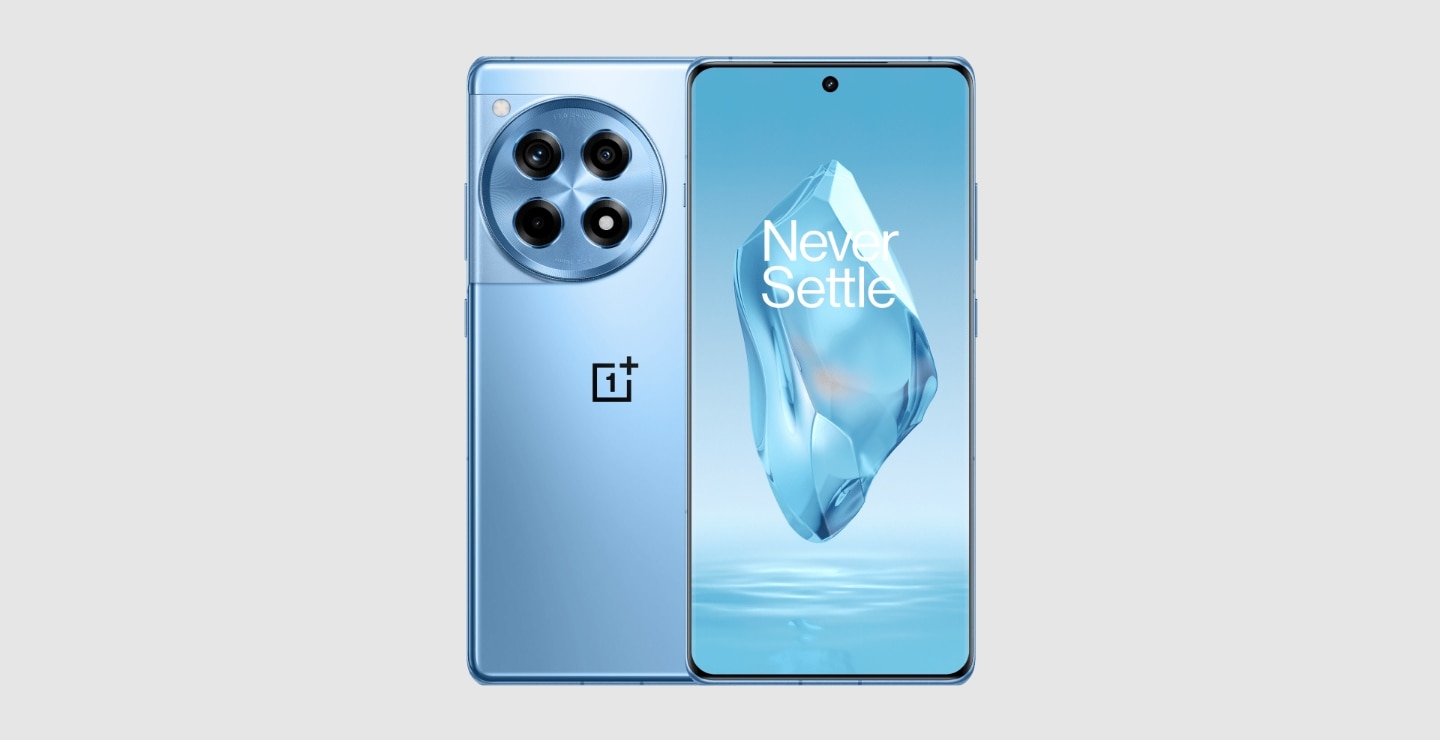What is Blockchain Sharding: Explanation

Blockchain technology, also known as distributed ledger technology (DLT), is the backbone of Web3 innovations including cryptocurrencies, the metaverse, NFTs, and more. To improve the functionality and use cases of these networks, which are often seen as a more secure alternative to traditional Web2 servers, developers are using a variety of techniques. One such method is sharding, which improves blockchain networks by increasing their speed and scalability.
Understanding Sharding
Sharding is inspired by the method of dividing traditional databases into smaller, more manageable units. This approach simplifies and accelerates access to the data you need.
As explained in a blog Sharding, by crypto exchange Coinbase, refers to the process of dividing a larger blockchain network into smaller, more manageable parts, known as shards.
When a blockchain undergoes sharding, transaction data is distributed across multiple shards, each capable of processing transactions and executing smart contracts. Each shard functions as an independent blockchain ecosystem.
Each shard is assigned its own node, which reduces the workload on the main blockchain node. This reduces the chance of network congestion and significantly improves transaction processing speed. Shards can also communicate with each other to verify information in the main chain.
Because sharded blockchains offer faster transaction speeds, they are more attractive to developers looking to build and support their Web3 protocols. This scalability increases as developers customize and test the blockchain for different use cases. In this way, sharding improves both the efficiency and scalability of blockchain networks.
Challenges related to sharding
Security issues pose one of the key challenges for sharding technology in distributed ledger technology (DLT) or blockchain systems, according to a article on Crypto.com’s Web3 awareness segment called University.
Shards within a blockchain are vulnerable to potential hacker attacks due to their lower computational power or hashrate. Furthermore, it can compromise the security of the entire blockchain if the complex sharding process is not performed correctly.
Despite these risks, many blockchains use sharding to prevent network congestion and maintain efficiency. Ethereum, one of the most widely used commercial blockchains, implements sharding, as do platforms like Zilliqa, Cardano and QuarkChain, according to a blog post by Crypto.com.




